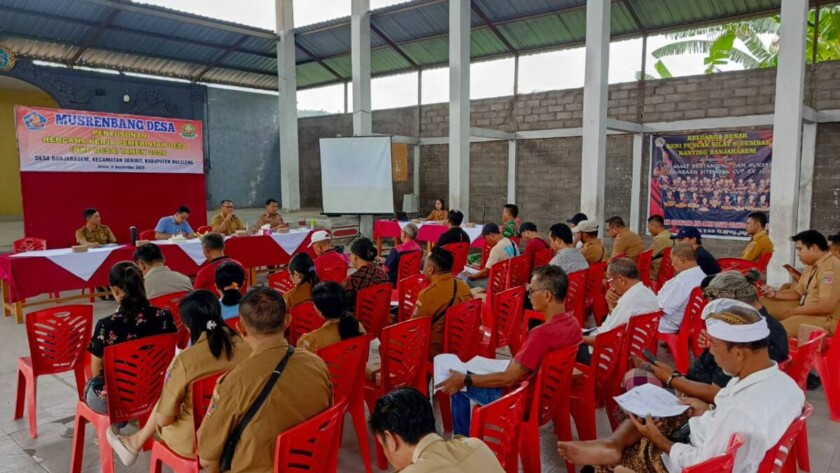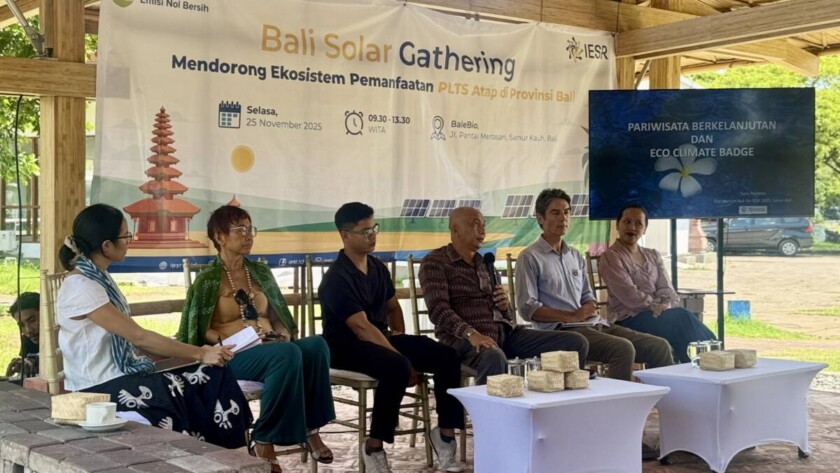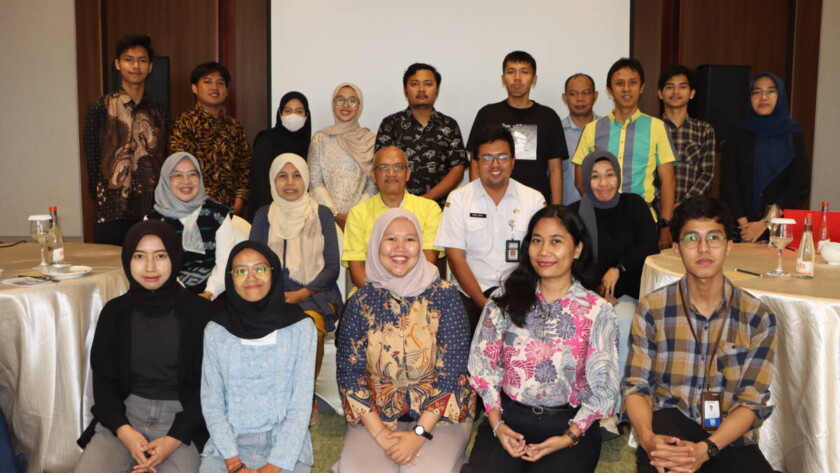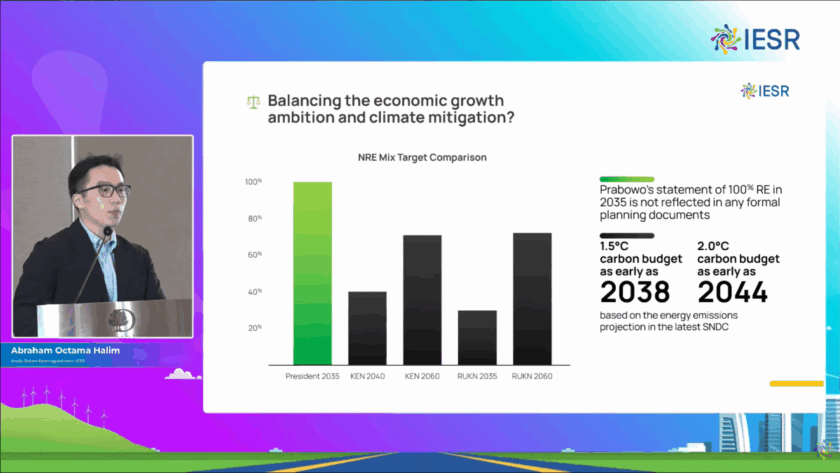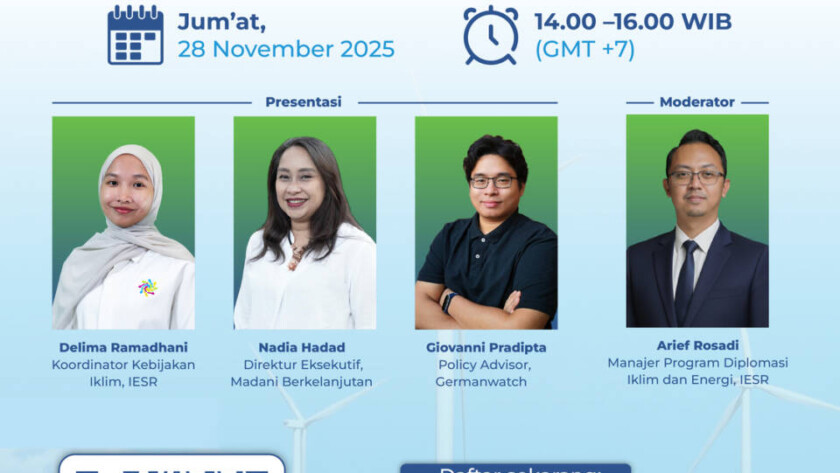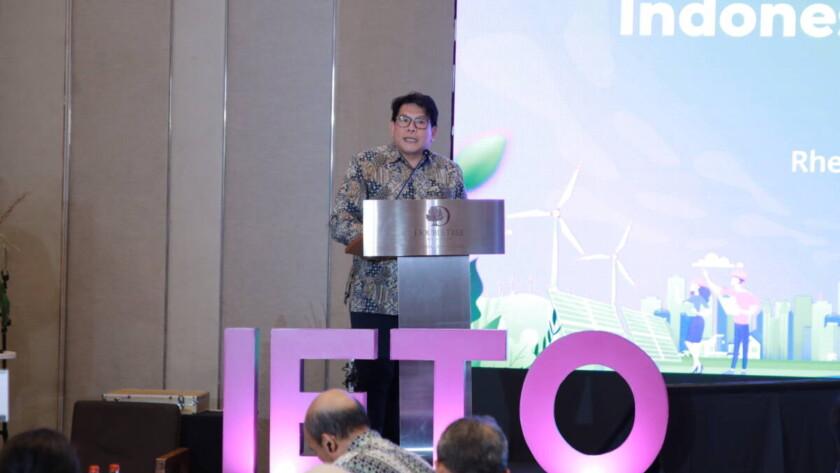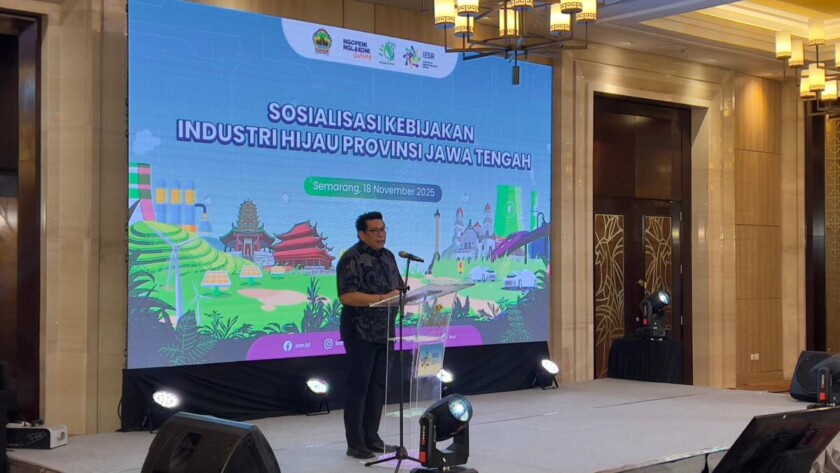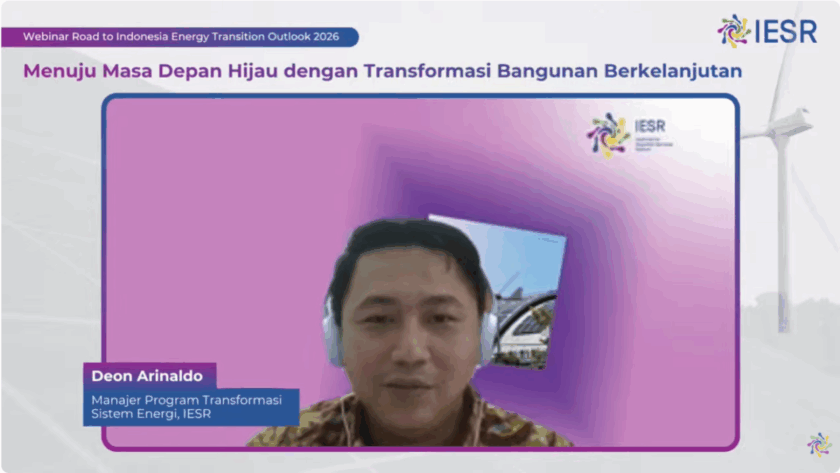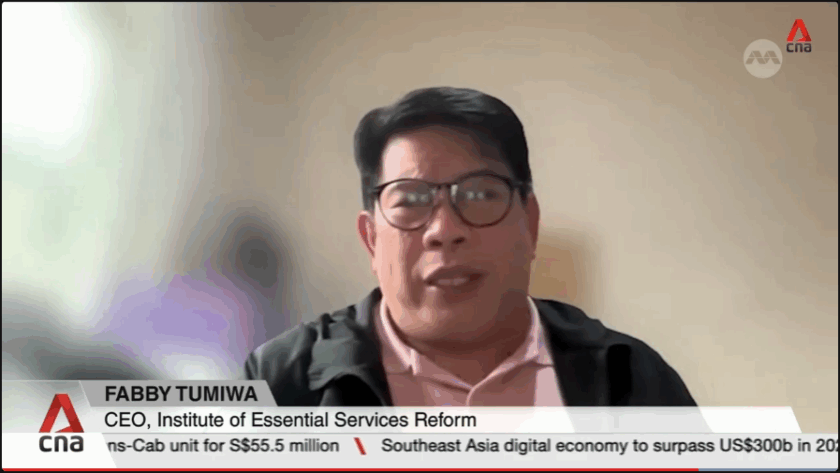Jakarta, December 1, 2025 - "Accelerating the decarbonization of the transportation sector must be a priority for the Indonesian government to achieve its zero-emission target in the coming decades. This is because the transportation sector is one of the three largest contributors to emissions in Indonesia. In 2024, this sector produced approximately 202 million tons…


